Case Number : Case 756 - 10th May Posted By: Guest
Please read the clinical history and view the images by clicking on them before you proffer your diagnosis.
Submitted Date :
50 years-old female. Forehead lesion, nodular or cystic? ?AFX, ?DF
Case posted by Dr. Richard Carr, with thanks to Dr. Saleem Taibjee for sharing this case.
Case posted by Dr. Richard Carr, with thanks to Dr. Saleem Taibjee for sharing this case.

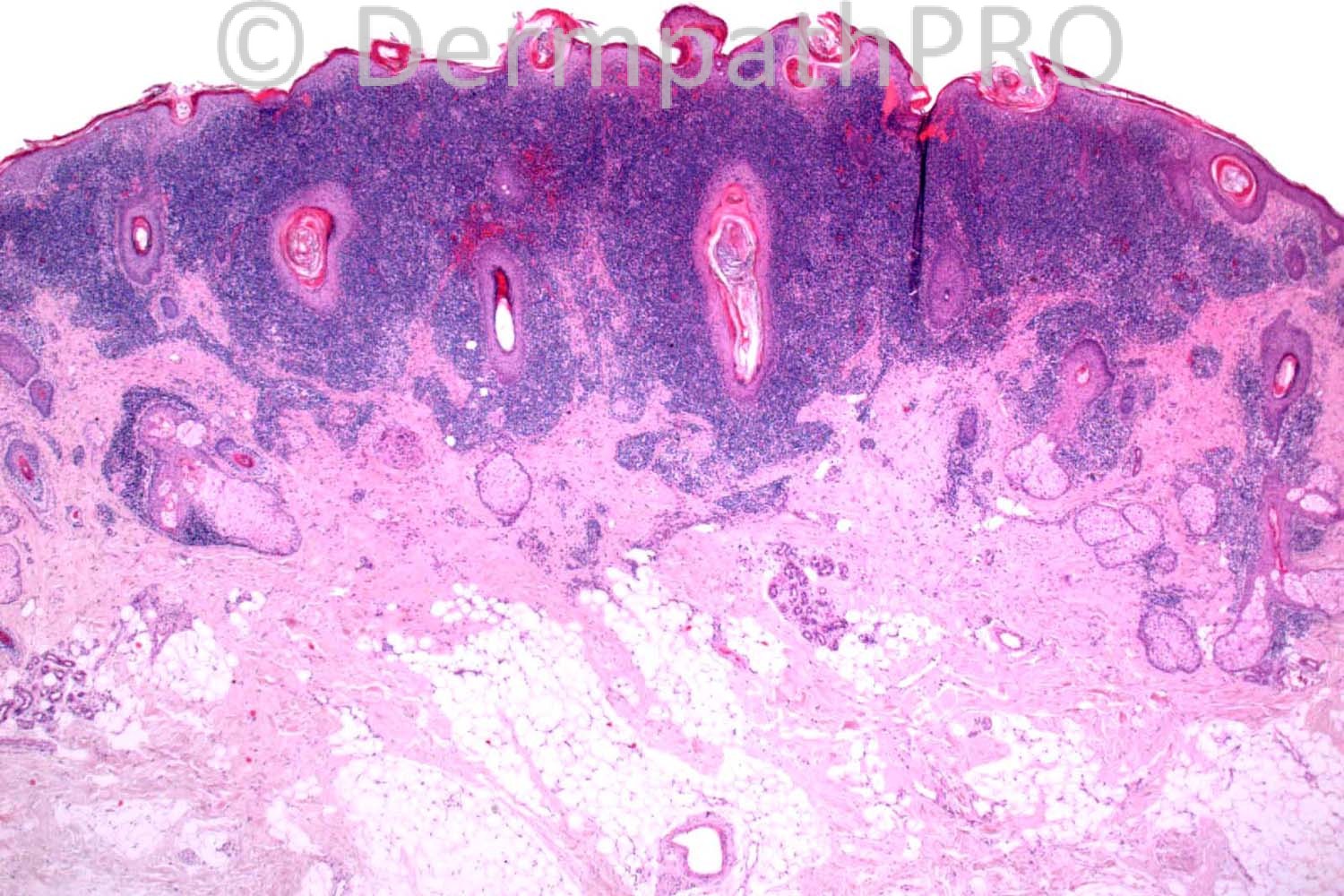
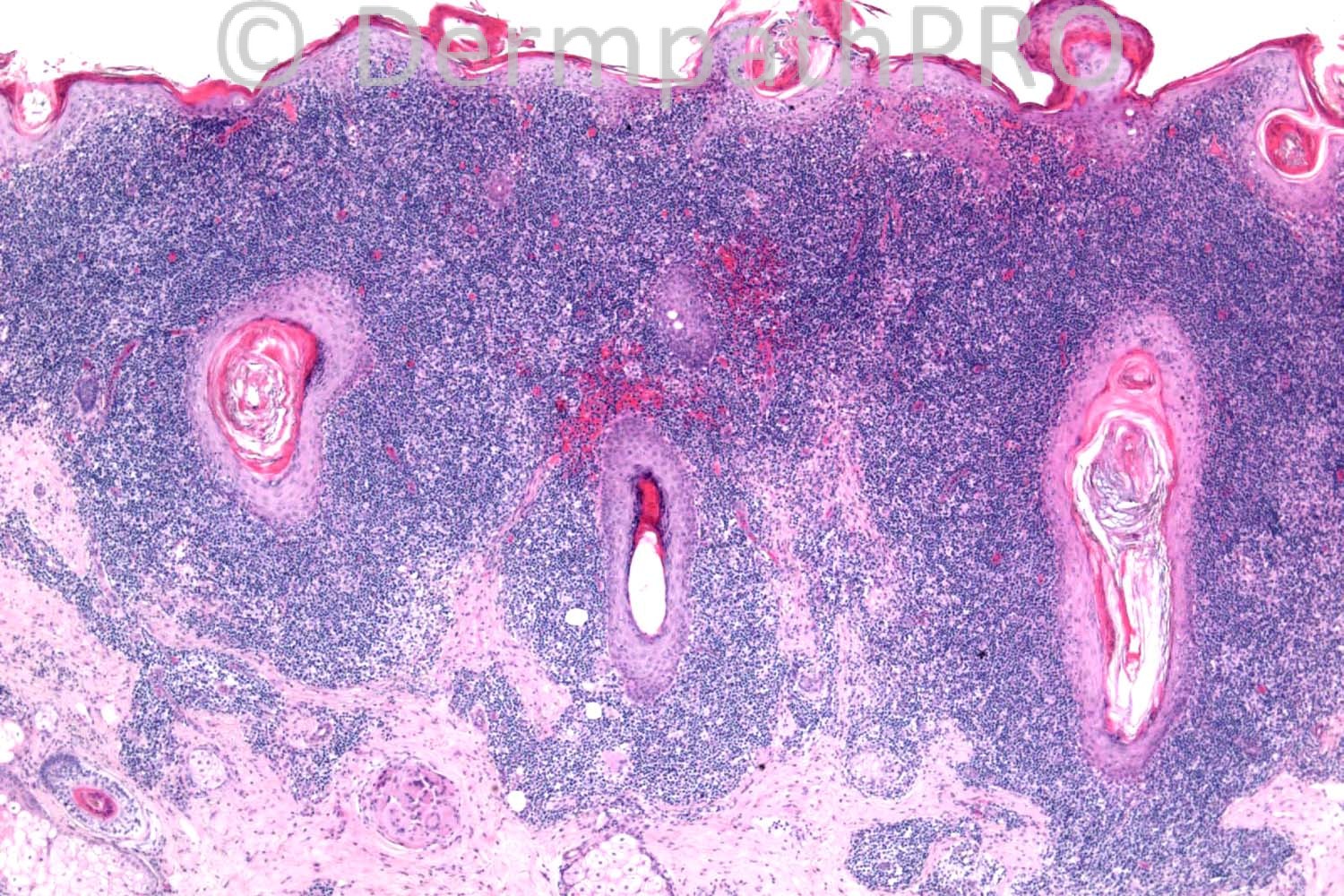

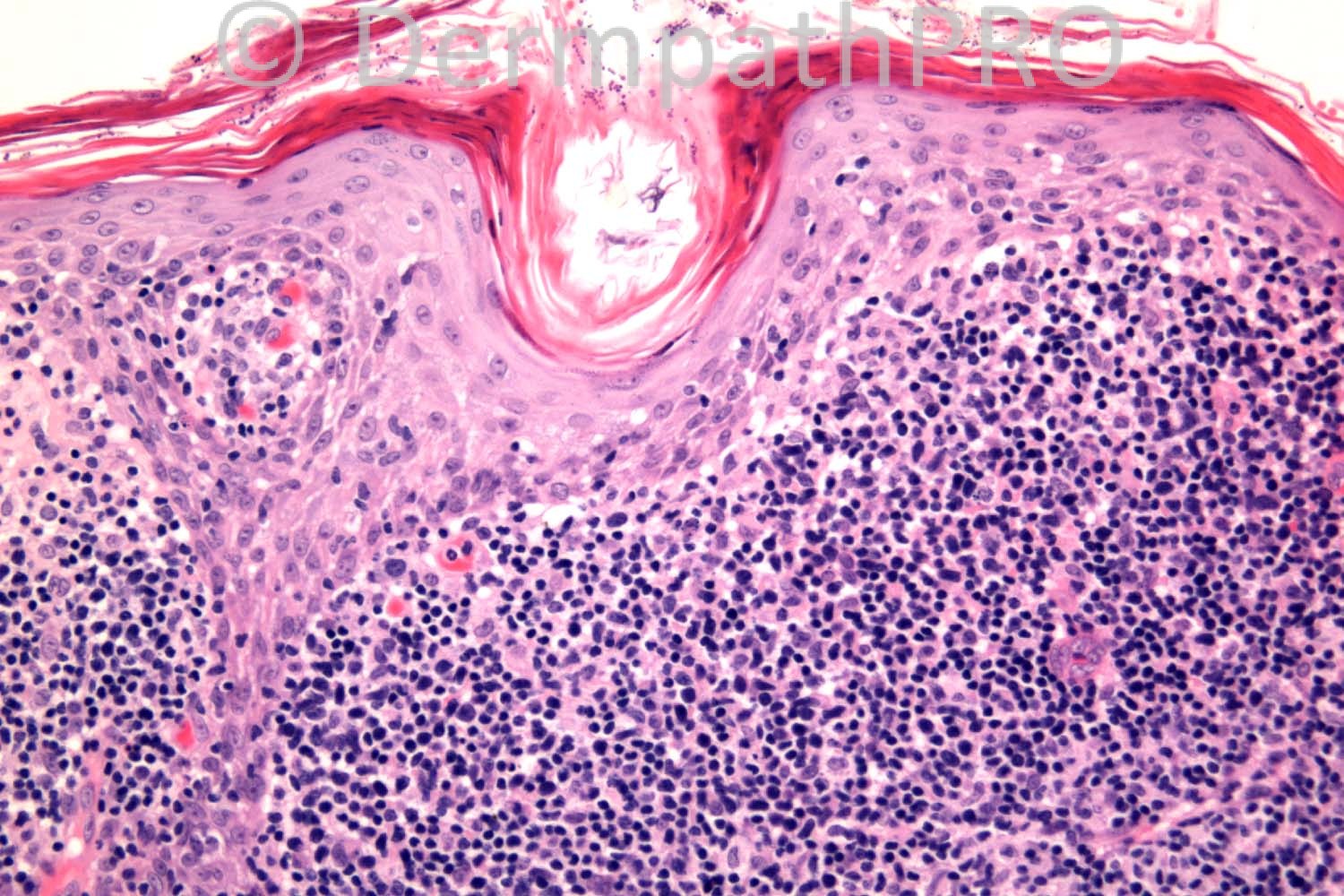
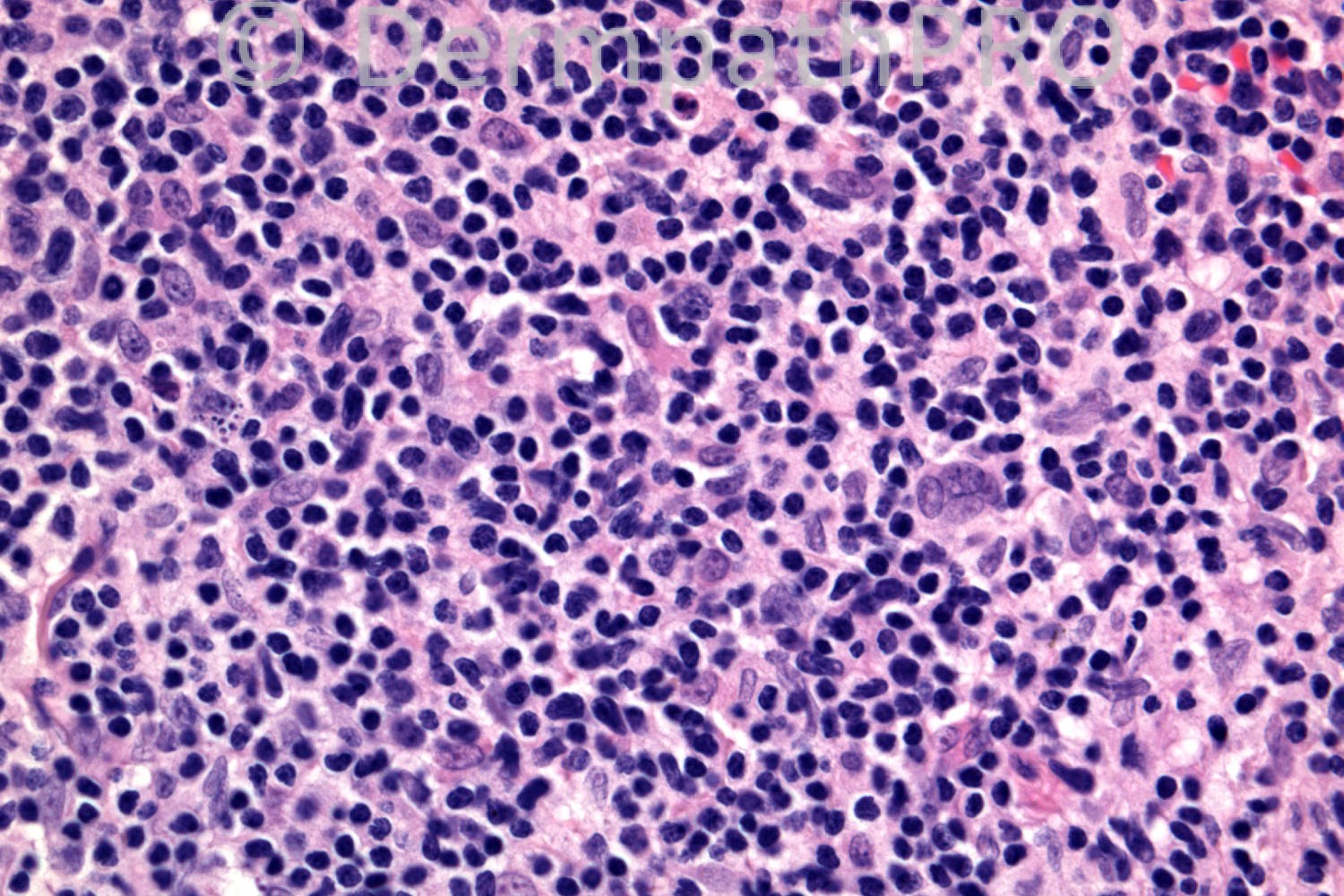
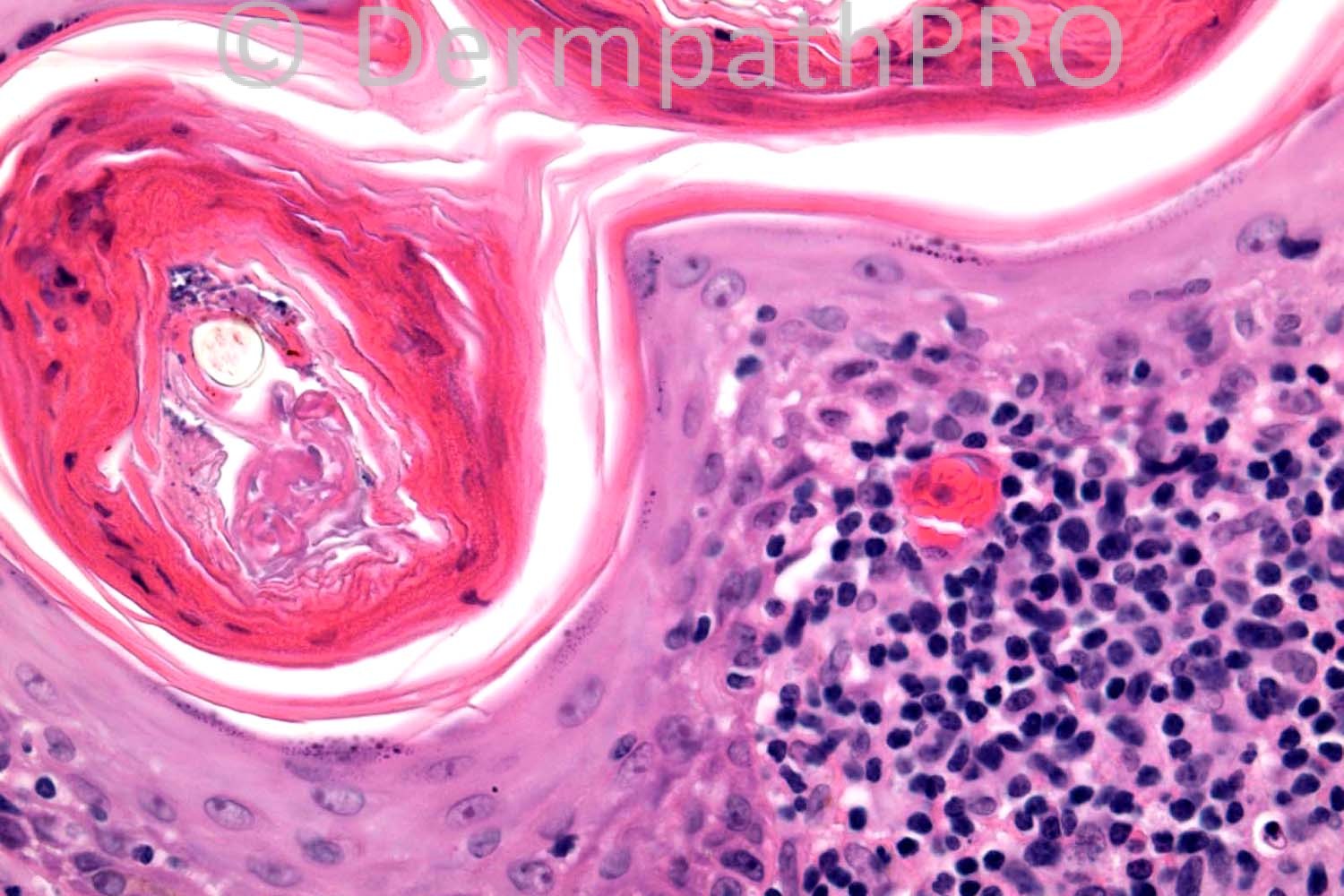
User Feedback